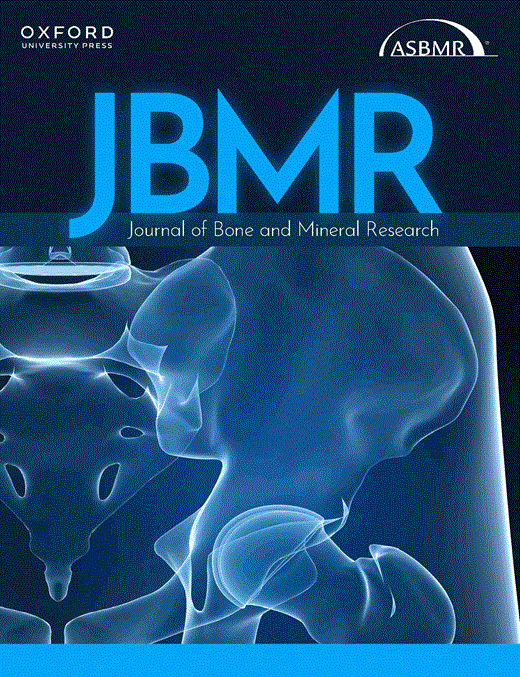-
PDF
- Split View
-
Views
-
Cite
Cite
Sharon L Brennan‐Olsen, Julie A Pasco, Lana J Williams, Natalie K Hyde, Felice N Jacka, The Microbiome: A Biological Mechanism Underpinning the Social Gradient of Musculoskeletal Conditions?, Journal of Bone and Mineral Research, Volume 31, Issue 6, 1 June 2016, Page 1315, https://doi.org/10.1002/jbmr.2844
Close - Share Icon Share
To the Editor:
We read with interest the article by Steves and colleagues.(1) The authors review available evidence and suggest that the modifiable nature of the gut microbiome (GM) provides a potential therapeutic target to intervene in musculoskeletal conditions of aging.
We agree with the authors that the GM may play an important role in inflammatory states with the subsequent increase in risk for musculoskeletal diseases, such as osteoporosis, arthritis, gout, sarcopenia, and frailty. The authors discuss how GM is influenced at birth and continues across the life course; however, we wish to highlight the hypothesis that fetal intestinal microbiome might be influenced by swallowing amniotic fluid in utero.(2, 3, 4) If the sterile womb paradigm is shown to be incorrect,(3) combined with the in utero origins for the development of osteoporosis,(5, 6) there is potential for the amplification of disease risk. Intrauterine influences appear to affect early microbial colonization and intestinal development in offspring via epigenetic processes,(7) but may also do so by transmission from the mother preceding and during birth. This, combined with detrimental exposures that affect the maternal microbiome, such as stress(8) and poor diet, may negatively affect the infant gut microbiome, with implications for long‐term health.
Importantly, the review by Steves and colleagues has considerable relevance for efforts to understand the social gradient observed for musculoskeletal conditions. We have hypothesized that biological mechanisms may underpin the increased risk of poor bone health for socially disadvantaged populations.(5) In that article, we posited that social disadvantage increases stress throughout the life span, via stressors such as adversity in utero through to older age, lifestyle behaviors, and environmental and geographical toxins. Our conceptual model suggested that cumulative stress would engender a proinflammatory epigenetic signature leading to gut dysbiosis, a loss of barrier integrity, and a heightened inflammatory state, thus potentially underpinning the social gradient of osteoporosis.(5) Indeed, the GM is a biologically plausible intermediary determinant that might transduce social determinants, such as dietary patterns, smoking, physical inactivity, and many other modifiable stressors, into a heightened inflammatory state with an increased risk for musculoskeletal disease onset, whereby there is a disproportionately greater risk for socially disadvantaged and vulnerable populations.
In addition to the direct biological effects exerted on the musculoskeletal system by factors such as nutrition, physical activity, and smoking, these socially patterned lifestyle behaviors will also influence microbial differences in the gut with subsequent influence on the immune system, gene expression, and modulation of epigenetic pathways.(9) Thus, the utility of the GM as a therapeutic target includes targeting those most at risk of poor gut health and musculoskeletal disease by addressing causative environmental pathways that are greater for disadvantaged individuals. The GM offers potential to improve the evidence base regarding the social gradient of musculoskeletal (and other) diseases.



